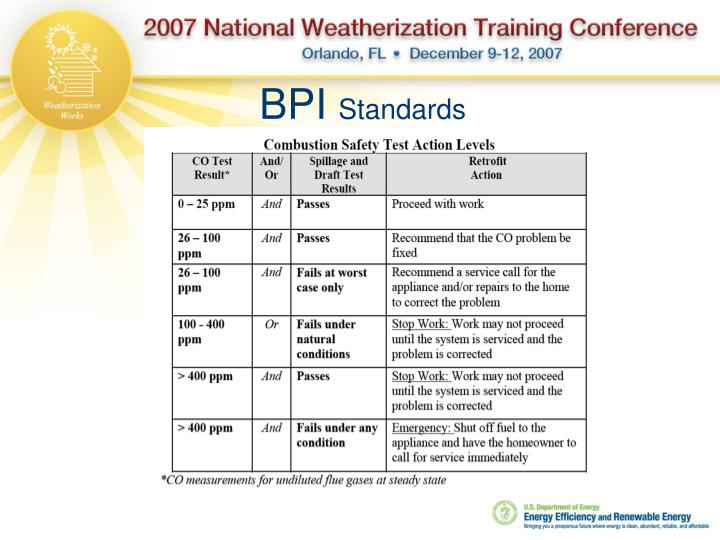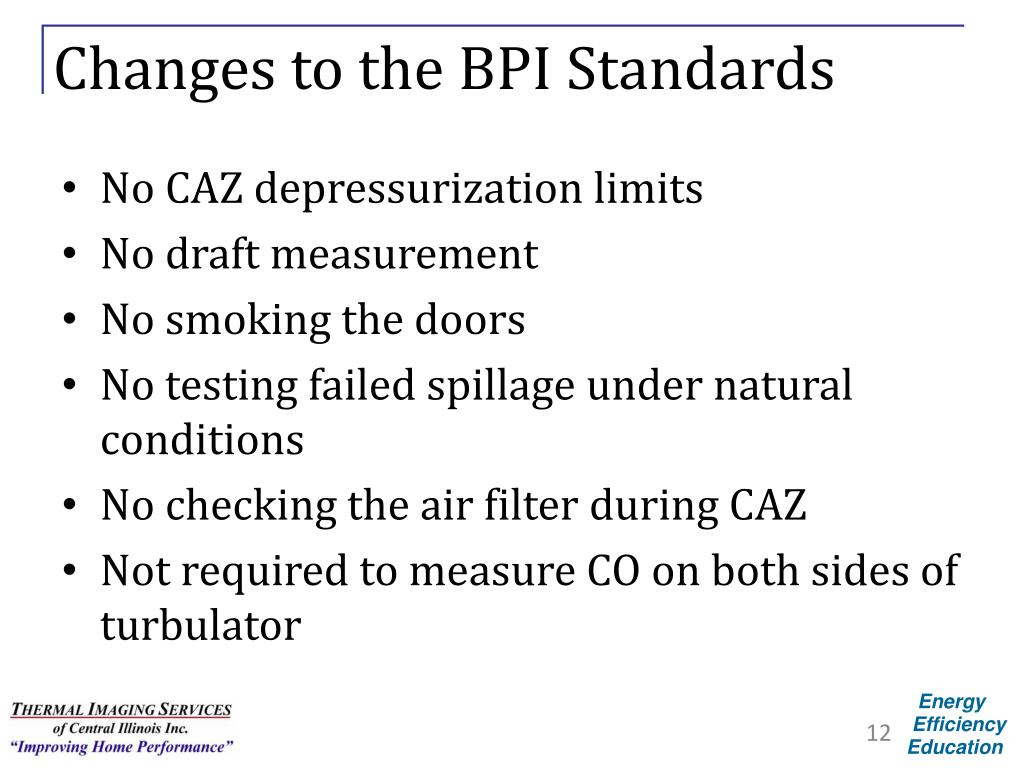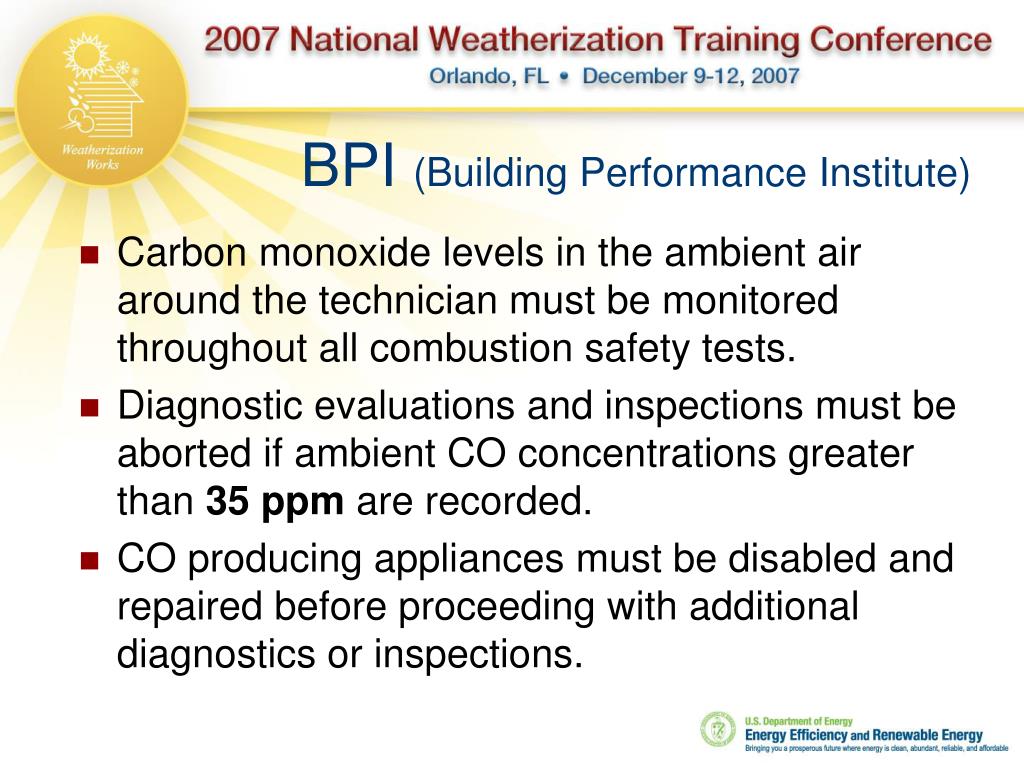What Are BPI Standards And Why Are They Important For Your Business?
In today's competitive business landscape, adhering to established frameworks and benchmarks has never been more crucial. BPI standards, or Business Process Improvement standards, have emerged as a cornerstone for organizations striving to optimize their operations, boost efficiency, and stay ahead of the curve. These guidelines serve as a roadmap for businesses aiming to streamline processes, reduce costs, and enhance customer satisfaction. By implementing BPI standards, companies can not only improve their internal workflows but also align themselves with global best practices, ensuring long-term success and sustainability.
For many businesses, the concept of BPI standards may seem abstract or overly technical. However, these standards are designed to be accessible and adaptable, catering to organizations of all sizes and industries. Whether you're a small startup looking to scale or a multinational corporation aiming to refine your operations, BPI standards provide the structure and clarity needed to achieve measurable results. This article will delve into the intricacies of these standards, exploring their origins, applications, and the tangible benefits they offer to businesses.
As we navigate through the complexities of modern business environments, understanding and implementing BPI standards can make all the difference. From improving productivity to fostering innovation, these guidelines offer a comprehensive approach to process improvement. By the end of this article, you'll have a clear understanding of what BPI standards entail, how they can benefit your organization, and the steps you can take to integrate them into your business strategy. Let's dive in and uncover the power of BPI standards.
- Movierulz 2025 Hollywood The Ultimate Guide To Streaming Movies
- Telugu Movierulz Online The Ultimate Guide To Streaming Telugu Movies
Table of Contents
- 1. What Are BPI Standards?
- 2. Why Should Businesses Care About BPI Standards?
- 3. How Are BPI Standards Developed?
- 4. What Are the Key Components of BPI Standards?
- 5. Can BPI Standards Help Improve Customer Satisfaction?
- 6. What Are the Challenges in Implementing BPI Standards?
- 7. How Can Small Businesses Benefit from BPI Standards?
- 8. Is Training Necessary for BPI Standards Implementation?
- 9. Frequently Asked Questions About BPI Standards
- 10. Conclusion: The Future of BPI Standards
What Are BPI Standards?
BPI standards, or Business Process Improvement standards, refer to a set of structured guidelines and methodologies designed to enhance the efficiency, effectiveness, and adaptability of business processes. These standards are rooted in the principles of continuous improvement, emphasizing the importance of identifying inefficiencies, eliminating waste, and fostering innovation within an organization. By adhering to BPI standards, businesses can achieve measurable improvements in areas such as productivity, cost reduction, and customer satisfaction.
At their core, BPI standards are not just about fixing problems but also about creating a culture of ongoing improvement. They encourage organizations to take a proactive approach to process management, ensuring that every aspect of their operations is optimized for maximum impact. These standards are developed through a combination of industry expertise, empirical research, and real-world applications, making them both practical and reliable.
For instance, consider a manufacturing company struggling with production bottlenecks. By implementing BPI standards, the company can identify the root causes of these bottlenecks, implement targeted solutions, and monitor the results over time. This systematic approach not only resolves immediate issues but also lays the foundation for sustained success. In essence, BPI standards serve as a blueprint for businesses seeking to thrive in an ever-evolving market.
- Why Vegamoviesms Is Becoming The Goto Streaming Hub For Movie Lovers
- 5movierulz 2025 Telugu Download Your Ultimate Guide To Streaming And Downloading Movies
Why Should Businesses Care About BPI Standards?
In an era where competition is fierce and customer expectations are higher than ever, businesses must continuously strive to improve their operations. BPI standards offer a clear advantage in this regard, providing a framework for organizations to enhance their processes and deliver greater value to their stakeholders. By adopting these standards, businesses can achieve a competitive edge, improve their bottom line, and build stronger relationships with their customers.
One of the primary reasons businesses should care about BPI standards is their ability to drive cost savings. By streamlining operations and eliminating unnecessary steps, companies can reduce expenses without compromising quality. For example, a retail chain might use BPI standards to optimize its supply chain, ensuring that products are delivered to stores more efficiently and at a lower cost. This not only improves profitability but also enhances the customer experience by ensuring timely availability of goods.
Moreover, BPI standards foster innovation by encouraging businesses to rethink their processes and explore new possibilities. In a world where change is constant, this adaptability is crucial for long-term success. By embracing BPI standards, organizations can position themselves as leaders in their respective industries, setting the pace for others to follow.
How Are BPI Standards Developed?
The development of BPI standards is a meticulous process that involves input from experts across various fields. These standards are typically created through a collaborative effort involving industry professionals, academics, and regulatory bodies. The goal is to ensure that the standards are comprehensive, relevant, and applicable to a wide range of businesses.
One of the key steps in developing BPI standards is conducting thorough research. This involves analyzing existing processes, identifying best practices, and understanding the challenges faced by businesses in different sectors. By gathering this information, developers can create standards that address real-world issues and offer practical solutions.
Additionally, BPI standards are often refined through pilot programs and feedback loops. Organizations that participate in these programs provide valuable insights into the effectiveness of the standards, allowing developers to make necessary adjustments. This iterative process ensures that the standards remain up-to-date and relevant, even as business environments evolve.
What Are the Key Components of BPI Standards?
BPI standards are composed of several key components that work together to facilitate process improvement. These components include process mapping, performance metrics, change management, and continuous improvement methodologies. Each component plays a vital role in ensuring that businesses can effectively implement and sustain the improvements they seek.
Process mapping, for instance, involves creating a visual representation of a business's operations, making it easier to identify inefficiencies and areas for improvement. Performance metrics, on the other hand, provide a way to measure the success of these improvements, allowing organizations to track their progress and make data-driven decisions. Change management ensures that employees are adequately prepared for and supportive of the changes being implemented, while continuous improvement methodologies encourage ongoing refinement and innovation.
Together, these components form a holistic approach to process improvement, addressing every aspect of an organization's operations. By incorporating all of these elements into their BPI standards, businesses can achieve lasting improvements that benefit both their internal processes and their external stakeholders.
Can BPI Standards Help Improve Customer Satisfaction?
Yes, BPI standards can significantly enhance customer satisfaction by ensuring that businesses deliver high-quality products and services consistently. By focusing on process optimization and efficiency, these standards enable organizations to meet customer needs more effectively and respond to feedback more promptly. This, in turn, fosters trust and loyalty, driving long-term customer retention.
Consider a software development company that uses BPI standards to streamline its project management processes. By doing so, the company can reduce delays, improve communication with clients, and deliver projects on time and within budget. These improvements not only enhance the customer experience but also set the company apart from its competitors, positioning it as a reliable and dependable partner.
Furthermore, BPI standards encourage businesses to gather and analyze customer feedback, using this information to refine their processes and offerings. This proactive approach to customer satisfaction ensures that businesses remain aligned with evolving customer expectations, maintaining their relevance and appeal in the marketplace.
What Are the Challenges in Implementing BPI Standards?
While BPI standards offer numerous benefits, their implementation can present certain challenges. One of the primary obstacles is resistance to change, as employees may be hesitant to adopt new processes or abandon familiar practices. Overcoming this resistance requires effective communication, training, and leadership, ensuring that all stakeholders understand the value of the changes being made.
Another challenge is the need for adequate resources, both in terms of time and budget. Implementing BPI standards often requires significant investment, whether in the form of training programs, technology upgrades, or process redesign. Organizations must carefully plan and allocate resources to ensure that the implementation process is both feasible and sustainable.
Finally, measuring the effectiveness of BPI standards can be difficult, especially in the early stages of implementation. Developing meaningful performance metrics and establishing baseline data are essential steps in this process, allowing businesses to track their progress and make informed adjustments as needed.
How Can Small Businesses Benefit from BPI Standards?
Small businesses stand to gain significantly from adopting BPI standards, as these guidelines can help them compete more effectively against larger organizations. By optimizing their processes, small businesses can reduce costs, improve efficiency, and deliver higher-quality products and services. This, in turn, enables them to attract and retain customers, driving growth and profitability.
For example, a local restaurant might use BPI standards to streamline its kitchen operations, reducing food waste and improving service times. These improvements not only enhance the dining experience for customers but also allow the restaurant to operate more profitably, even in the face of rising costs. Similarly, a small consulting firm could leverage BPI standards to enhance its project management capabilities, ensuring timely delivery of high-quality advice and solutions to its clients.
Moreover, BPI standards can help small businesses scale more effectively, providing a framework for growth without sacrificing quality or efficiency. By implementing these standards early on, small businesses can position themselves for long-term success, even as they expand their operations and enter new markets.
Is Training Necessary for BPI Standards Implementation?
Yes, training is an essential component of successful BPI standards implementation. Without proper training, employees may struggle to understand and adopt the new processes, leading to confusion, frustration, and resistance. Training programs can address these issues by providing employees with the knowledge and skills they need to effectively implement and sustain the changes being made.
Effective training programs should cover a range of topics, including the principles of BPI standards, the specific processes being implemented, and the tools and technologies being used. Additionally, these programs should emphasize the importance of continuous improvement, encouraging employees to take ownership of the changes and contribute to ongoing refinement efforts.
Investing in training not only improves the likelihood of successful implementation but also fosters a culture of learning and innovation within the organization. By equipping employees with the skills and mindset needed to embrace change, businesses can achieve greater success in their BPI standards initiatives.
Frequently Asked Questions About BPI Standards
1. How Long Does It Take to Implement BPI Standards?
The time required to implement BPI standards varies depending on the size and complexity of the organization, as well as the scope of the changes being made. On average, businesses can expect the implementation process to take anywhere from several weeks to several months. Factors such as employee training, process redesign, and technology integration can all impact the timeline.
2. Are BPI Standards Applicable to All Industries?
Yes, BPI standards can be adapted to suit the needs of virtually any industry. While the specific processes and metrics may vary, the underlying principles of process improvement and continuous enhancement remain consistent across sectors. From healthcare to finance to manufacturing, organizations in all industries can benefit from implementing BPI standards.
Conclusion: The Future of BPI Standards
BPI standards represent a powerful tool for businesses seeking to improve their operations and achieve sustainable success. By providing a structured approach to process improvement, these standards enable organizations to optimize their workflows, reduce costs, and enhance customer satisfaction. As businesses continue to face increasing competition and evolving customer expectations, the importance of BPI standards will only continue to grow.
Looking ahead, the future of BPI standards is bright, with ongoing advancements in technology and methodology ensuring that these guidelines remain relevant and effective. By embracing BPI standards today, businesses can position themselves for success tomorrow, ensuring that they remain competitive, innovative, and customer-focused in an ever-changing marketplace.
- Vegamovies Telugu Movie Download Your Ultimate Guide To Legit Streaming And Downloads
- Why Vegamoviesms Is Becoming The Goto Streaming Hub For Movie Lovers

PPT Carbon Monoxide Safety PowerPoint Presentation ID4023535

PPT Combustion Safety Testing PowerPoint Presentation, free download

PPT Carbon Monoxide Safety PowerPoint Presentation, free download